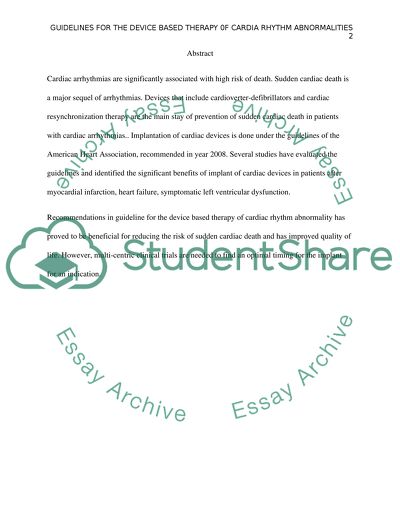Cite this document
(“Guidelines for device based therapy of cardiac rhythm abnormalities Research Paper”, n.d.)
Guidelines for device based therapy of cardiac rhythm abnormalities Research Paper. Retrieved from https://studentshare.org/nursing/1401494-guidelines-for-device-based-therapy-of-cardiac
Guidelines for device based therapy of cardiac rhythm abnormalities Research Paper. Retrieved from https://studentshare.org/nursing/1401494-guidelines-for-device-based-therapy-of-cardiac
(Guidelines for Device Based Therapy of Cardiac Rhythm Abnormalities Research Paper)
Guidelines for Device Based Therapy of Cardiac Rhythm Abnormalities Research Paper. https://studentshare.org/nursing/1401494-guidelines-for-device-based-therapy-of-cardiac.
Guidelines for Device Based Therapy of Cardiac Rhythm Abnormalities Research Paper. https://studentshare.org/nursing/1401494-guidelines-for-device-based-therapy-of-cardiac.
“Guidelines for Device Based Therapy of Cardiac Rhythm Abnormalities Research Paper”, n.d. https://studentshare.org/nursing/1401494-guidelines-for-device-based-therapy-of-cardiac.


